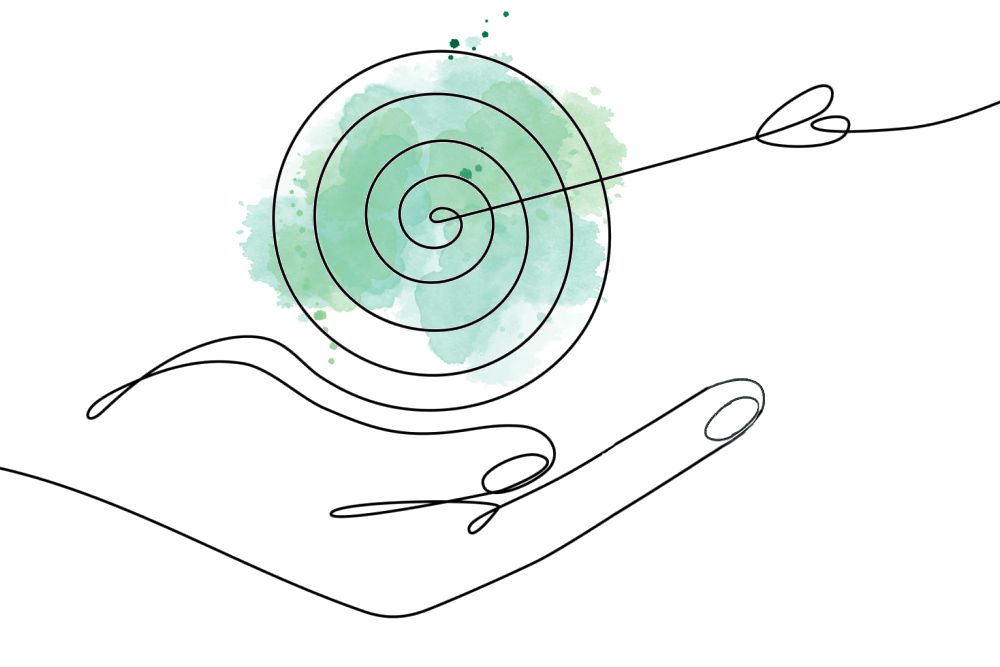Navigating Bias : From Challenge to Growth

Our discussion centred on bias in a recent leadership coaching group. How do we, especially leaders, respond to others’ perceived bias navigating bias from challenge to personal growth?
Firstly, its helpful to understand bias can be learned from societal norms and experiences and can operate on both conscious and unconscious levels, subtly influencing attitudes, behaviors, and decisions. Whether it be cultural, gender, power, any assumption or limitation that another holds in their mind towards you.
Secondly, we can all be leaders in some way shape or form. Leadership is not defined only by having direct reports or direct authority over others.
What are the impacts of bias?
Considering bias, we know it creates problems for emerging leaders when it leads to unfair treatment, limits opportunities for advancement, and undermines their authority or credibility. For women, gender bias can manifest in being overlooked for leadership roles, facing unequal pay, or experiencing microaggressions that questions their competence. The loss is not only felt by the recipient of bias but the entire group or organisation – as bias towards anyone limits the opportunity for sharing ideas, progress and human ingenuity. Bias shuts down curiosity and shared understanding.
We can all grow through the challenge of bias by employing a range of strategies that include assertive communication, building supportive networks, and advocating for ourselves and others in respectful and constructive ways.
I encourage leaders to consider how the foundation for their leadership is not in what happens to them but how they respond. Its not a big stretch to consider you can either respond with a leader’s mindset or become a victim to that situation. Avoidance can also lead to becoming a victim.
So what can we do in response to perceived bias?
. The first step is awareness and then a little curiosity and objectivity – to diffuse anger.
. Then for you to know that this perception or bias is in the mind of the other.
. You have very little power to change that. Its your mindful response where the power lies.
There are active steps you can take to :
- Uphold your personal and professional boundaries. Assertive, respectful communication helps in directly addressing biased remarks or behaviors, setting clear boundaries, and reaffirming appropriate authority.
- Take responsibility for managing your time and focus.
- Reset your expectations of what you expect from the interaction and keep it focused on business/constructive outcomes. You can’t change others but have the choice over your response.
- Be mindful of taking on extra little tasks or activities “suited” to a female if that’s you. Are your own assumptions playing out here? Skill share with others and delegate tasks.
- Avoid worry, gossip or fear around bias issues … some of it is outside your control.
See bias challenges as an opportunity. Yes ! Its a chance to learn how to deal with this situation with empowerment and confidence.
- Double down on cultivating your individual leadership identity – the innate behaviours you are choosing to cultivate because you are proud of your own skills which may include: communication, listening, team building, sharing a vision, inclusiveness …there are so many great leadership qualities to cultivate.
- Try using your experience of bias as an opportunity to practice the conversations and responses that demonstrate good leadership.
Finally, remember that leadership qualities are best earned through experience. The wisdom you gain from challenging situations is yours to keep. It forms part of your unique identity.
In the words of John O’Donohue:
“The way you look at things is the most powerful force shaping your life”.
When life happens to you choose to see it through the eyes of empowerment.
I’m here to explore, clarify and help cultivate your leadership identity with you. If you’re ready to choose empowerment Let’s chat! Wishing you every success.
